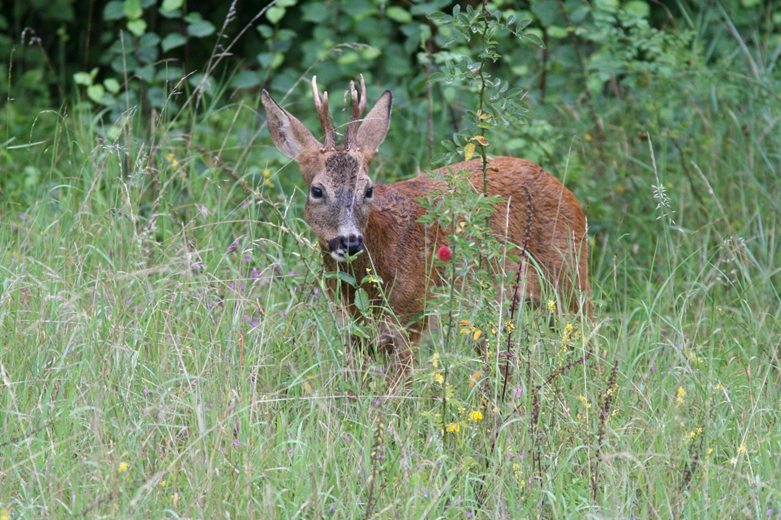3 May 2019 | By Christophe Baltzinger
Ungulates refer to animals with hooves and include 257 species across the world. These generally large-bodied mammals move diaspores (any part of a plant that plays a role in plant dispersal e.g. spores, seeds, fruits) of nearly half of the plant species available within their home range. Christophe Baltzinger (National Research Institute of Science and Technology for Environment and Agriculture, France) benefitted from a C·I·B Research Fellowship in July/August 2018, with the aim to develop research initiatives in southern Africa, where communities of ungulates are taxonomically and functionally diverse. He interacted with different C·I·B researchers including Colleen Downs, Cang Hui, Llewellyn Foxcroft and Thabiso Mokotjomela. Together with PhD students, Ushma Shukla (Irstea, France) and Sorour Karimi (Isfahan University, Iran), he recently published a review paper in Frontiers in Ecology and Evolution.

Recent studies have highlighted understudied ungulate-mediated plant dispersal mechanisms and Christophe and his team took this opportunity to review the different plant dispersal mechanisms involving ungulates, and their implications for the fate of the dispersed diaspores. The team ran a systematic literature review to assess the complementarity and overlap of co-occurring ungulates first for seeds that are dispersed via ingestion (endozoochory) and then for seeds that are moved around on the outside of animals (fur-epizoochory), by looking at the diversity of plants dispersed.
“Our results enable us to provide preliminary recommendations concerning ungulates as potential tools (i.e. rewilding concept) for habitat restoration, thanks to their dispersal services. Associating a Grass and Roughage Eater (e.g. sheep or bison), efficient for quantitative dispersal, with a Concentrate Selector (e.g. moose or roe deer) for qualitative dispersal would create a beneficial complementarity in the restoration program,” says Christophe Baltzinger. He adds, “Large ungulates interact with diverse compartments of the ecosystems. We should thus consider them as dynamic actors of ecosystem functioning and realistic options for the management and rehabilitation of degraded habitats.”
Read the full paper
Baltzinger, C., Karimi, S., & Shukla, U. 2019. Plants on the move: hitch-hiking with ungulates distributes diaspores across landscapes. Frontiers in Ecology and Evolution 7(38). https://doi.org/10.3389/fevo.2019.00038
For more information, contact Christophe Baltzinger at christophe.baltzinger@irstea.fr

